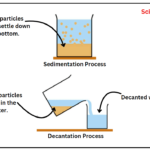Organic Chemistry
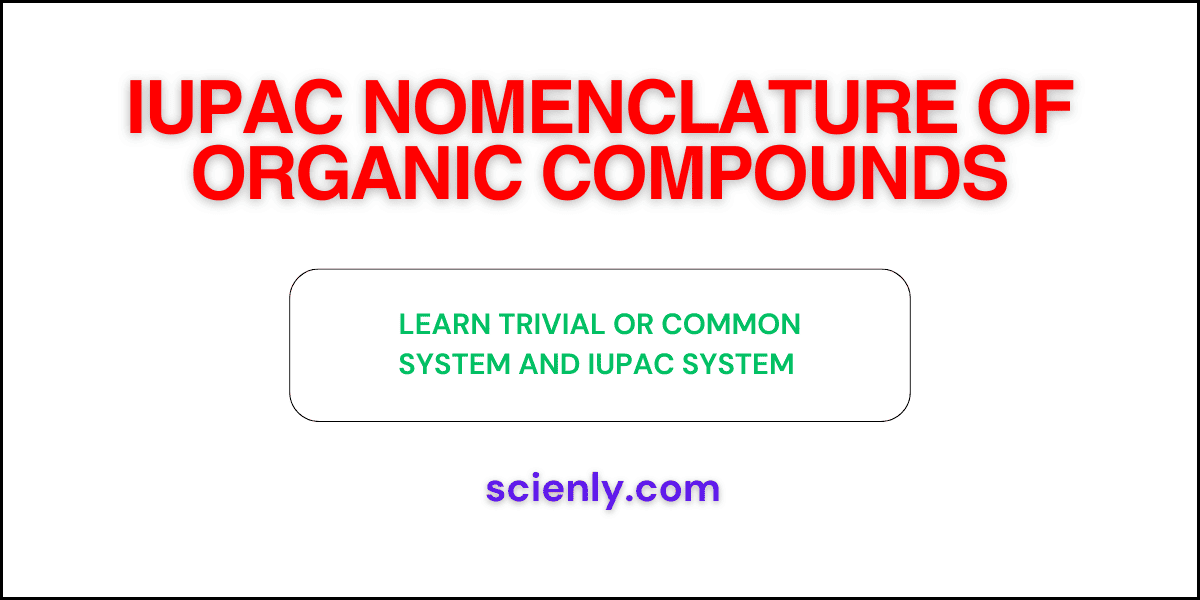
IUPAC Nomenclature of Organic Compounds
In this article, we will explore the basics of IUPAC nomenclature of organic compounds with rules and step-by-step examples. Organic chemistry deals with million of organic compounds containing carbon as an essential element. Before the IUPAC system of nomenclature, the…
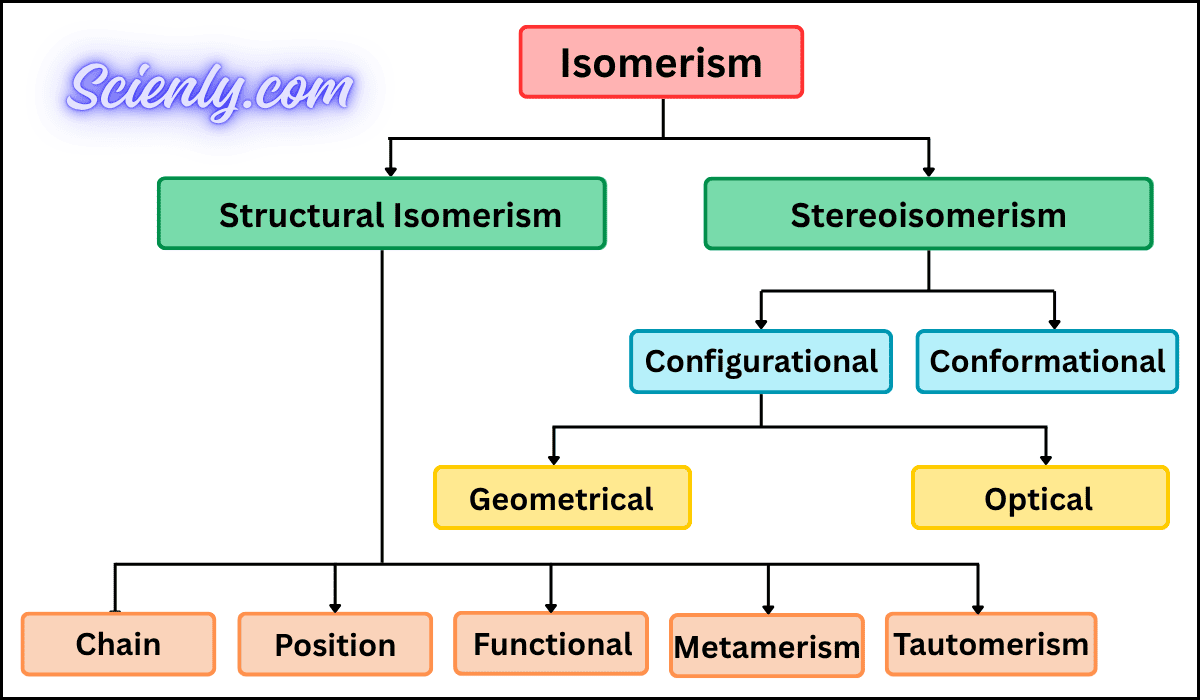
Isomerism: Definition, Types, Examples
In the study of organic chemistry, isomerism is one of the most important characteristics of organic compounds. The term isomerism comes from the Greek words isos, meaning “equal,” and meros, meaning “parts.” We can define isomerism as: Two or more…
Homologous Series: Definition, Examples
In order to simplify and systematize the study of organic chemistry, all the organic compounds have been further classified into various families or groups based on their similar structures and chemical behavior. Each of these families or groups is known…
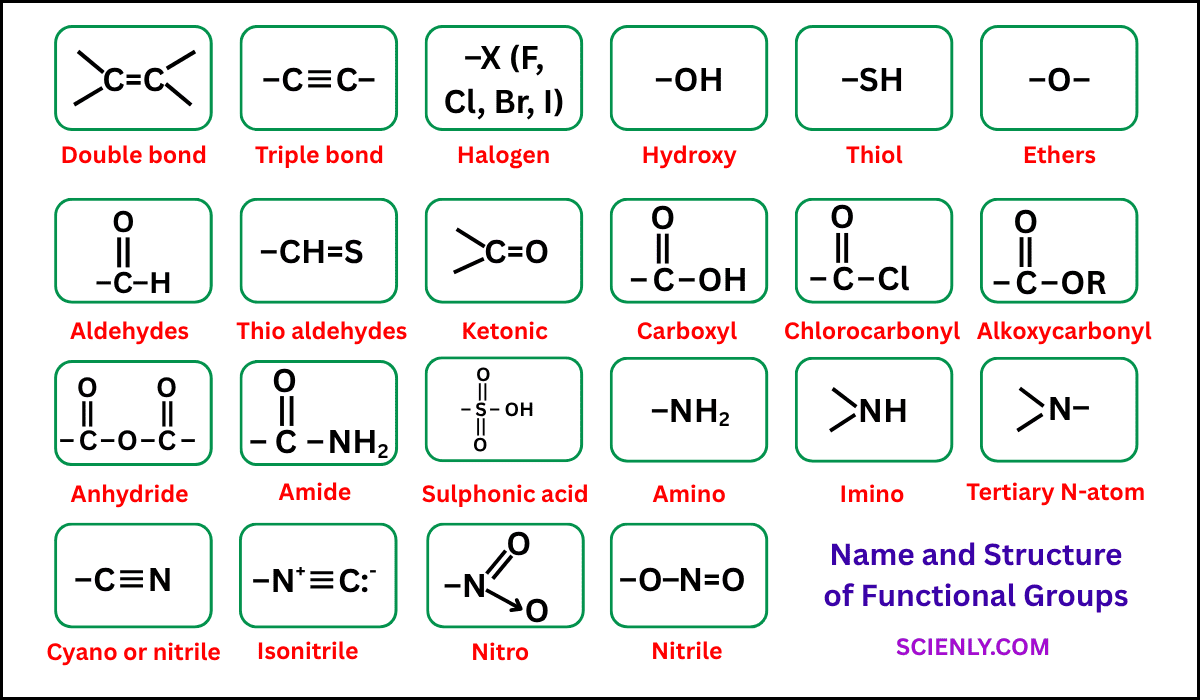
Functional Groups in Organic Chemistry
In the field of organic chemistry, functional groups are specific groups of atoms that are like the “personality traits” of molecules. Just as the behavior of a person is influenced by their characteristics, the chemical behavior of organic molecules is…
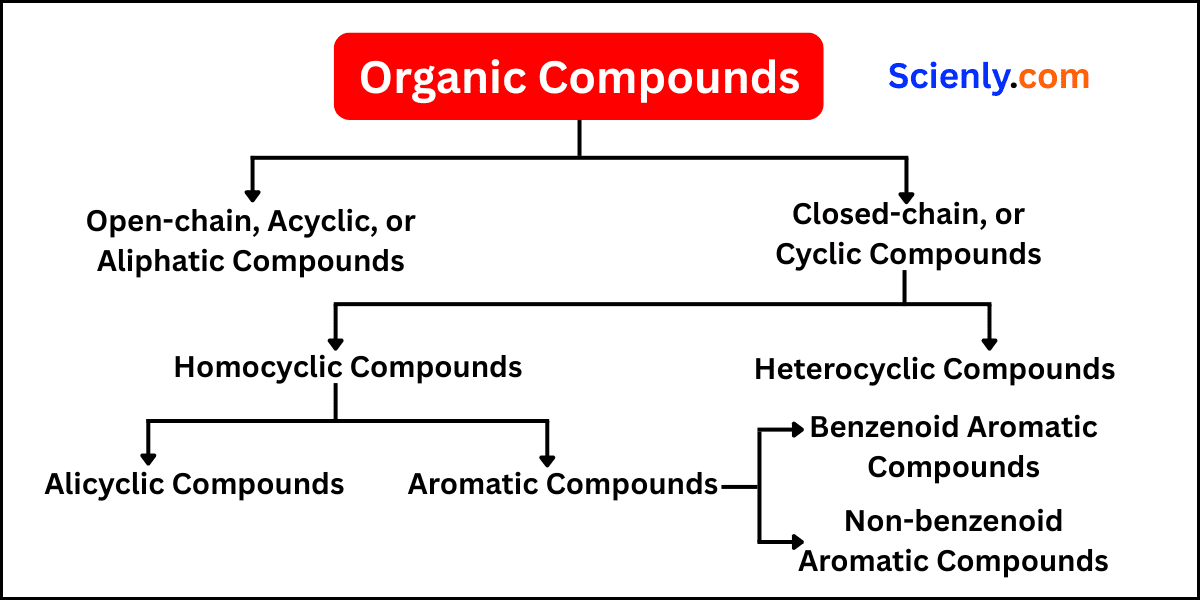
Organic Compounds: Definition, Classification, Examples
The substances which are obtained directly or indirectly from living organisms such as plants and animals are called organic compounds. These compounds are essential for the existence and maintenance of life on earth. They include complex molecules like DNA (deoxyribonucleic…

Organic Chemistry: Definition & Inspiring History
In this article, we will learn about organic chemistry. We know that minerals, plants, and animals are the three major sources of naturally occurring substances. Around the year 1780, chemists mainly divided these compounds into two classes based on their…



